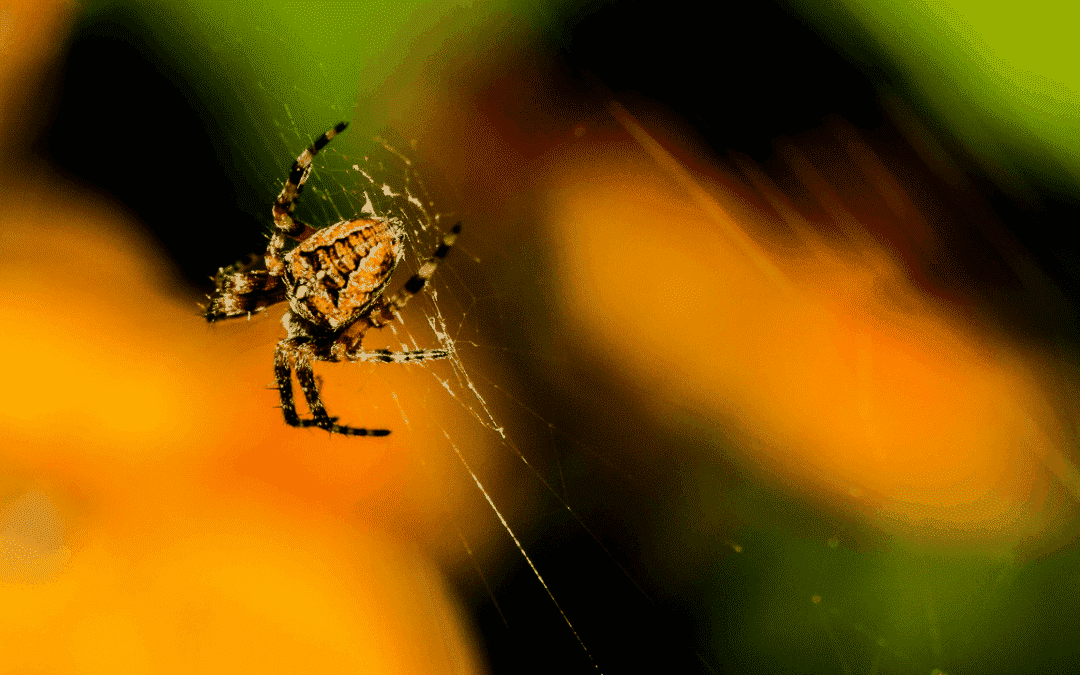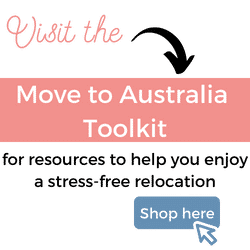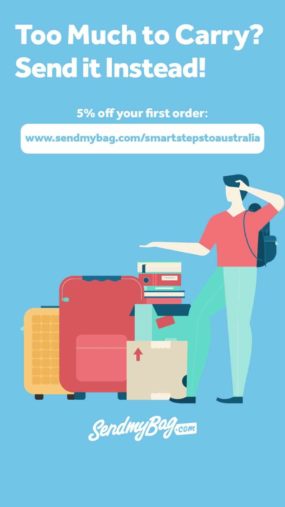When we told people we were moving to Australia, it’s fair to say that we had a lot of people warn us about dangerous snakes and spiders. Of course, there are venomous snakes in Australia, but there are also venomous snakes in the UK (my husband managed to somehow get bitten by the UK’s only venomous snake when he was little – he thought it was a grass snake and picked up an adder! He was very lucky to survive). As we have wildlife obsessed kids, it was important that we educate them of the dangers of the wildlife in Australia without scaring them.
Before we moved, I wrote a magazine article in Australia and New Zealand magazine about how we were preparing our little adventurers for the move and the different wildlife they were going to encounter.
Although we haven’t seen any dangerous creatures in Australia since we arrived here three years ago, it’s important for everyone to know basic first aid. You don’t see snakes and spiders everywhere, but they do exist and it’s essential that your kids understand the potential dangers and that you know what to do if ever an accident did happen.
If you are moving with kids, you might also enjoy this post about Australian games for kids to learn before moving to Australia.
Below is a guest post from Sarah Hunstead who is a paediatric nurse, mother of two and Founding Director of CPR Kids. She teaches parents and carers vital first aid and CPR skills, giving them the knowledge and confidence to help a child in an emergency.
This is something I’ve been meaning to learn more about, so I thought you’d enjoy it too. I’ll hand you over to Sarah…
This post contains affiliate links which means the site earns a commission at no extra cost to you if you buy through some of these links. The full disclosure is available in the footer.

We have more than our fair share of creepy crawlies in Australia, and distinguishing between venomous and harmless fauna can be difficult. Rather than being able to tell a python from a brown snake, it is better to make sure you know the First Aid for bites and stings and confidently help your child in an emergency!
A very handy tool to have is the Australian Bites and Stings app. Developed by the Australian Venom Research Unit, it is a pictorial guide to Australian venomous creatures – from the funnel-web spider to the box jelly fish, and everything in between. The app lists the signs and symptoms that may happen if you or your child is bitten or stung, and the First Aid treatment required. A must for every family, and it is available for all smart phones.
One of the First Aid treatments mentioned in the app is the pressure immobilisation technique. Gone are the days of tourniquets for snake bites, the most effective First Aid for snake, funnel web spider and blue ringed octopus bites is a pressure bandage. If your child is bitten, keep them calm, apply a pressure immobilisation bandage and seek urgent medical help – call 000 ambulance. Watch the CPR Kids video here on how to apply a pressure bandage, and most importantly, know CPR. Many of the venoms from Australia’s dangerous creatures cause our breathing to stop, so CPR is an essential skill you must have, you may just save a life!
Even though there are indeed many potentially harmful creatures in Australia, you don’t need to lock yourself in your home and only venture out with insecticide in-hand. It is highly unlikely that you or your child will be bitten by a deadly snake or spider, however, it certainly pays to be aware and know what to do if the unlikely was to happen.

You can find out more about first aid for children at www.cprkids.com.au and find Sarah on Facebook, Instagram and YouTube.
You can also check out her book which has just been released: A life. A finger. A pea up a nose: A practical guide to baby and child first aid
Thanks so much for a great guest post, Sarah. The video was so helpful and I’ve downloaded the app myself. For anyone who is new to Australia, just to remind you again that calling an ambulance here is 000, not 999! Let’s hope none of us ever need to use these skills but it’s good to know we’ve got them, just in case.
Want to learn more about the deadly wildlife in Australia?
Here are some resources you might find useful to help prepare you and your little ones for the wildlife Down Under. Please don’t be scared about the wildlife here, just be informed. You are unlikely to ever see anything dangerous up close, but knowing what to look out for and how to deal with it is important for you and your kids.
This book for kids is all about dangerous spiders in Australia.
Get Australia’s Most Dangerous Spiders from Amazon
A picture book to help you identify venomous snakes in Australia.
Get Australia’s Dangerous Snakes on Amazon
This book of Australian insects is great to read with kids.
Get the Insects of Australia from Amazon
Another useful book to have on your bookshelf is this wildlife book. It’s another great one to read with kids so they can start thinking about the animals they’re going to see in Australia
Get Wildlife of Australia from Amazon
For younger kids, you can get them interested in learning about the dangers of the wildlife in Australia in a fun way with sticker books. I think it’s helpful to let kids know there are dangerous creatures here, but they aren’t something to be afraid of and I think playing with stickers and seeing pictures in books really does help.
Find Australia’s Most Dangerous Sticker book on Amazon
This book is a lot of fun for kids in grades one to six (ish!) My son adores this book and even I enjoyed reading it with him.
Get the Australia Survival Guide from Amazon
If you want to learn about more of my recommended books to help you move to Australia, you might like this post. If you are planning your move and are scratching your head when people ask you what you’d like as a leaving gift or Christmas or birthday gift, check out this gift guide for people who are moving abroad.






















